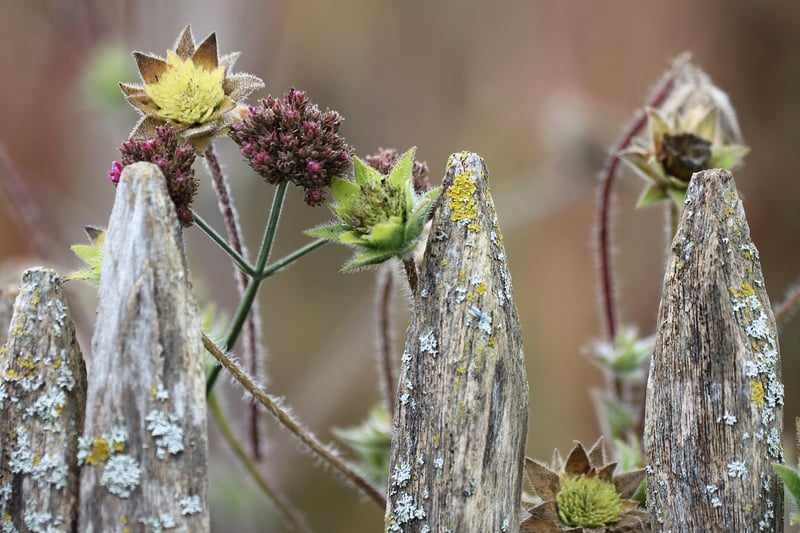Watering Guidelines
Tips for Healthy Plants and Watering Guidelines
Introduction
Having healthy plants not only adds beauty to your surroundings but also contributes to a healthier environment. Proper watering is a key factor in ensuring your plants thrive. Here are some essential tips and guidelines to help you maintain healthy plants through proper watering practices.
1. Choose the Right Plant for the Right Place
Before planting, consider the specific sunlight and soil requirements of the plant. This will help ensure that the plant receives adequate sunlight and nutrients for healthy growth.
2. Watering Frequency
Each plant has different watering needs. Some plants require frequent watering, while others prefer to dry out slightly between watering. Research the specific watering requirements of your plants to avoid overwatering or underwatering.
3. Watering Techniques
- Water at the base of the plant to deliver water directly to the roots.
- Avoid overhead watering, especially in the evening, as it can promote fungal diseases.
- Use a watering can or drip irrigation system for precise watering control.
4. Check Soil Moisture
Before watering, check the soil moisture level by inserting your finger into the soil. Water only if the top inch of the soil is dry. Overwatering can lead to root rot and other issues.
5. Mulching
Apply a layer of mulch around plants to retain soil moisture, suppress weeds, and regulate soil temperature. Mulch also adds organic matter to the soil as it breaks down.
6. Proper Drainage
Ensure that your plant containers have drainage holes to prevent water from accumulating at the bottom. Good drainage is essential to avoid waterlogging, which can suffocate plant roots.
7. Seasonal Adjustments
Adjust your watering schedule based on the season. Plants may require more water during hot summers and less water during cooler months. Observe your plants regularly to determine their changing needs.
8. Use Rainwater
Collect rainwater in a barrel or container to use for watering your plants. Rainwater is free of chemicals like chlorine found in tap water and is beneficial for plant growth.
Conclusion
By following these tips and guidelines, you can ensure that your plants remain healthy and vibrant. Remember that proper watering is essential for the overall well-being of your plants. Stay attentive to your plants' needs and enjoy the beauty they bring to your home or garden.

For more information on plant care, visit Gardening Know How.
